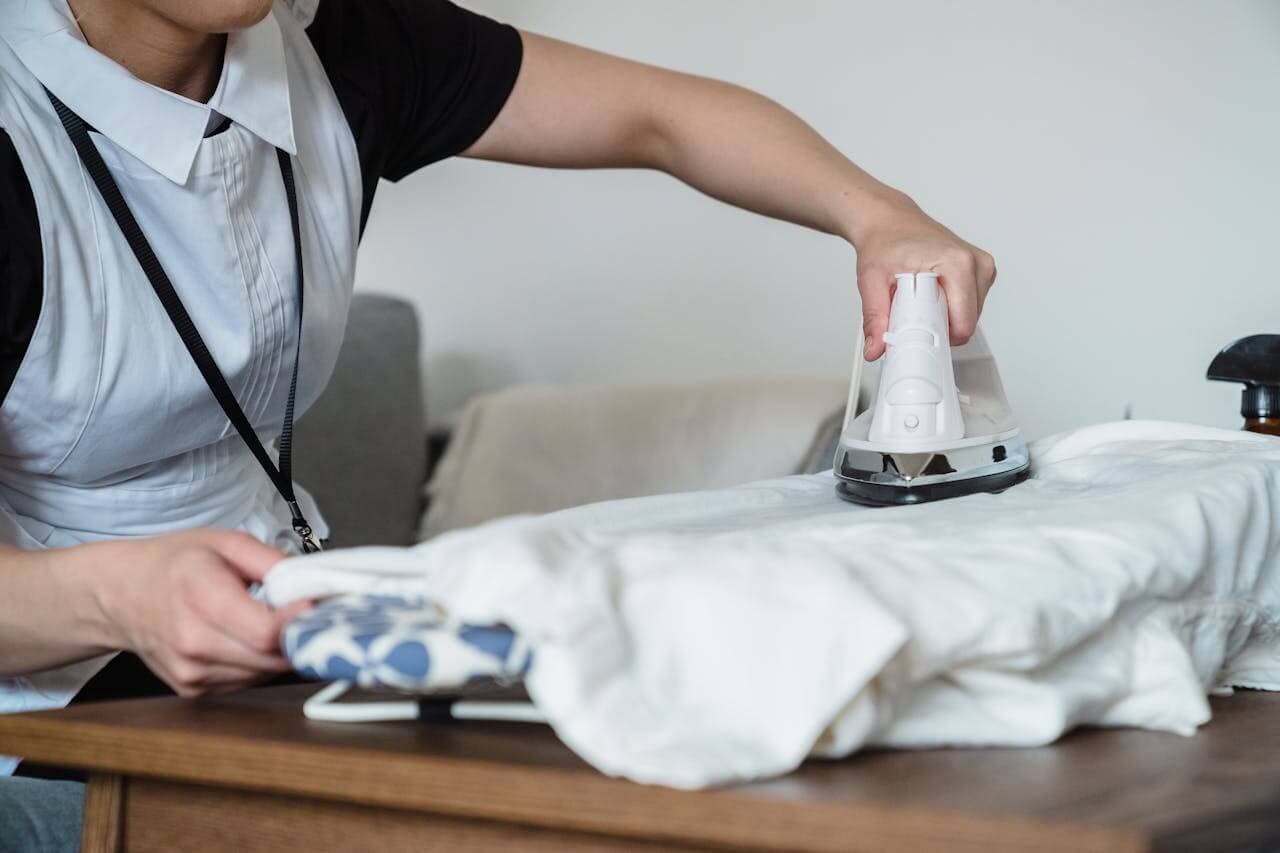One essential item for keeping your clothes presentable is an ironer. Like any other device, an ironer needs to be properly cared for and maintained. This makes them last longer and the ironer continues to function efficiently. Your ironers may experience wear and tear and pose safety risks if you neglect them. Also, a non-maintained iron for ironing clothes can show poor performance. So, here in this article, we will tell you how to care for an ironer that ensures better service for years to come.
Why Does Maintenance of an Ironer Matter?
A well-maintained ironer comes with several benefits.
- Proper upkeep of the iron ensures smooth ironing and optimal heating. This helps in saving time and energy.
- Regular care for the ironer prevents wear and tear. It makes your iron last longer.
- Proper iron maintenance reduces the risk of accidents and malfunctions like overheating.
- A durable ironer will need less repair and replacement, reducing expenses.
What are the steps to maintain your ironer?
Individuals can adhere to these steps to properly upkeep their ironers.
Keeping the soleplate Clean
The soleplate is the flat and heated surface of the ironer that helps in ironing the clothes or comes in direct contact with the clothes. However, residues from the soft cloth fabric and dust can accumulate over time. Follow these steps to clean the soleplate of the ironer.
- Mix equal parts of vinegar and water. Wipe the soleplate with a soft cloth.
- Use non-abrasive cleaning paste for stubborn stains. You can also use a soleplate cleaner.
- Avoid scrubbing the soleplate with harsh cleaners like steel wool. They can damage the surface.
Empty the water tank after use.
If your ironer for clothes is a steam ironer, you must empty the water tank after every use. Standing water can impede steam vents, affect mineral deposits, and lower ironer efficiency. To avoid limescale accumulation on the ironer, you can also use demineralised or distilled water.
Descale the ironer regularly.
Regions that experience hard water are prone to form mineral deposits inside the ironer over time. This can affect performance by obstructing the steam flow. Follow these steps for descaling the ironer.
- Fill the water tank with a mixture of white vinegar and water.
- Turn on the steam function of the ironer. Let it run until the water tank is empty.
- Rinse the tank with clean water thoroughly. Remove all the vinegar residue.
Check the cord and the plug of the ironer.
Two essential parts are the ironer's plug and power wire. Examine them frequently for indications of damage or wear and tear. Stop using the ironer right once if you see any damage. Replace the cord to avoid any electrical hazards.
Store the ironer properly.
The way you store the ironer determines the durability of the product.
- Let the iron cool properly before you store it.
- Wrap the cord neatly without bending it tightly.
- Store the ironer in an upright position and in a dry place. It prevents accidental damage to the soleplate.
Avoid Overheating the ironer.
Using the ironer at high temperatures can damage its internal components and the fabric you are ironing.
- Make sure to use the correct heat setting for each type, especially when you use an iron for delicate fabric.
- Turn off the ironer when not in use, even during short breaks.
Use the ironer correctly.
Misusing the iron can prevent strain on its components.
- Avoid pressing the soleplate too hard against the fabric. Let the heat do the work.
- Do not use the iron on uneven or rough surfaces. It might damage the soleplate.
Common Mistakes to Avoid
- Do not use tap water in the steam iron. It can lead to limestone buildup and reduce the ironer’s efficiency.
- Neglecting to clean the soleplate of the ironer and steam vents can cause clogging and uneven heating.
- Ironing over the buttons and zippers can damage the soleplate.
- Leaving the iron plugged and in unattended condition can lead to serious fire hazards.
- Storing a hot ironer can warp its components and cause accidental burns.
How often should you maintain your ironer?
- Empty the water tank and wipe the soleplate after every use.
- Inspect the cord and the plugs weekly for any signs of wear and tear.
- Clean the steam vents and descale the ironer once every month.
- Check all the components and perform thorough cleaning once every year.
Conclusion
Maintaining your iron is important. It extends its lifespan and makes sure it operates safely. You can avoid expensive replacements by using the ironer carefully. It also requires frequent cleaning and proper storing. If you take proper care of your cloth wrinkle remover, you will be rewarded with years of wrinkle-free clothing. Start by following these tips to ensure a seamless and durable ironing experience. You can also find the best ironers at our place for ironing clothes. Each of them is suitable for specific types of fabrics.


Share:
The Ultimate Guide to Carpet Cleaning: Ultra Laundry Amsterdam
Find a Clean, Reliable Laundromat Near Me with These Tips